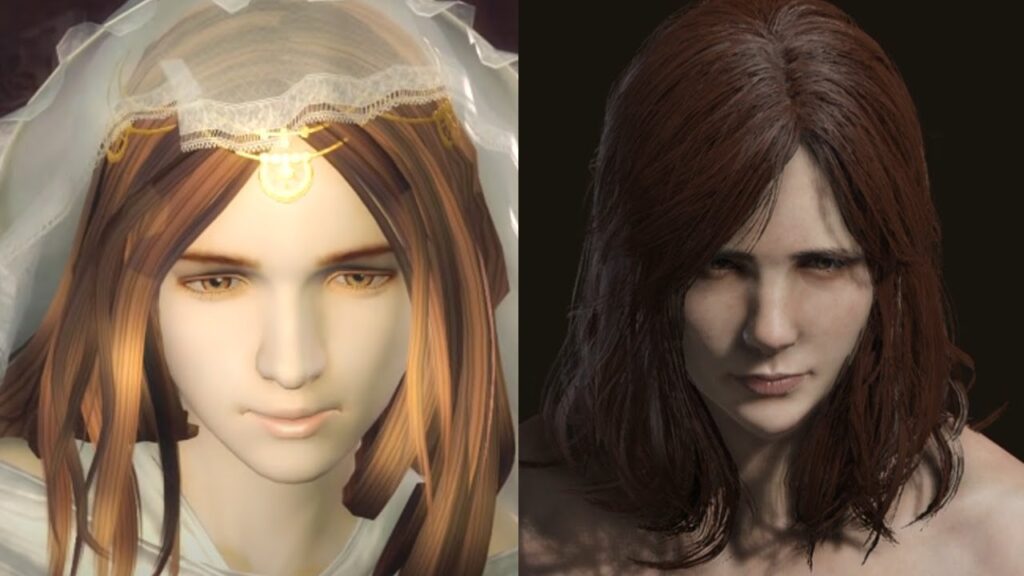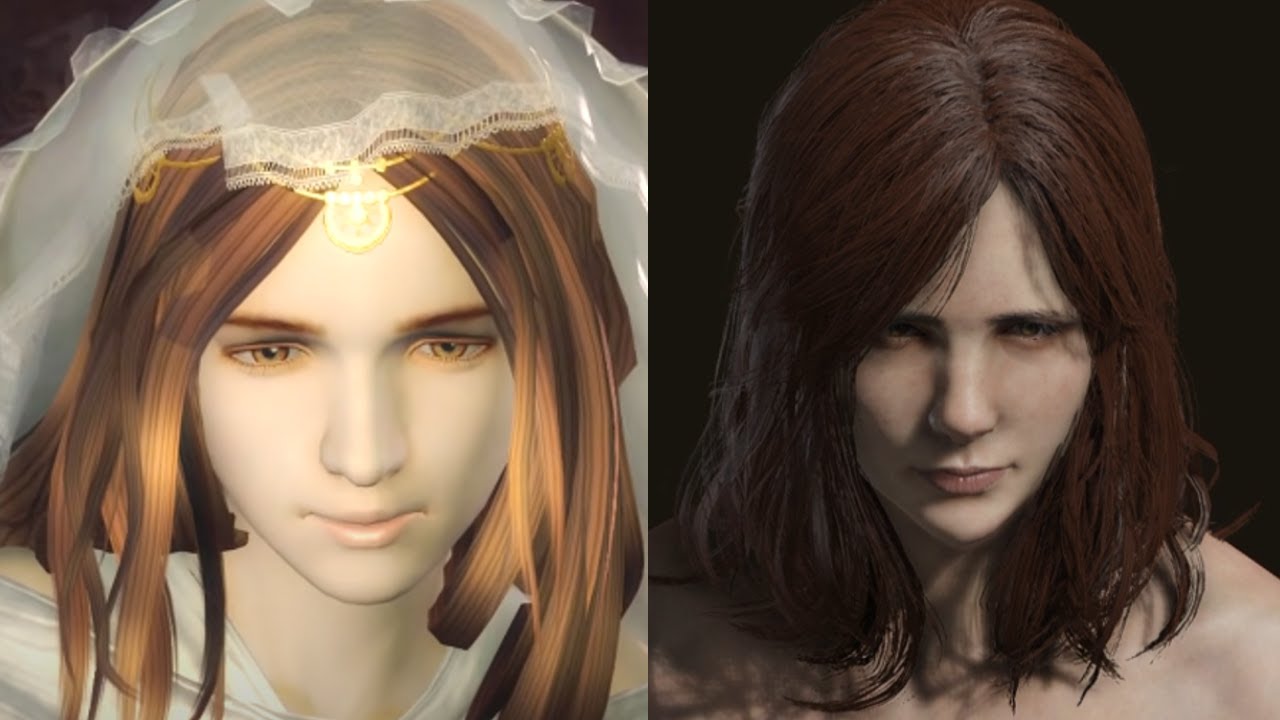
Princess Gwynevere: Unveiling the Enigmatic Goddess of Dark Souls
Princess Gwynevere, the Sunlight Princess, stands as one of the most iconic and enigmatic figures in the world of Dark Souls. Her radiant presence, or rather, the illusion of it, permeates Anor Londo, the city of the gods, casting a long shadow over the events of the game. This article delves into the lore surrounding Princess Gwynevere, exploring her role, her impact on the narrative, and the mysteries that shroud her true nature. From her connection to Lord Gwyn to the implications of her departure, we aim to provide a comprehensive overview of this pivotal character.
The Illusion of Anor Londo
Upon arriving in Anor Londo, players are immediately struck by its grandeur and apparent serenity. Sunlight streams through the towering cathedrals, illuminating the Silver Knight sentinels that patrol the streets. At the heart of this magnificent city resides Princess Gwynevere, radiating warmth and benevolence. However, astute players soon discover that this idyllic scene is nothing more than a carefully constructed illusion, orchestrated by Gwyndolin, her younger brother. This illusion is key to understanding Gwynevere’s role.
The true Princess Gwynevere had long since departed Anor Londo, leaving behind a phantom to maintain the facade of the gods’ continued reign. Gwyndolin, skilled in illusion magic, perpetuates this deception to keep the flame of hope alive in a world rapidly succumbing to darkness. This illusion is a crucial element in understanding the themes of deception and the fading power of the gods that run throughout Dark Souls.
Gwynevere’s Connection to Lord Gwyn
As the daughter of Lord Gwyn, the Lord of Sunlight and the ruler of Anor Londo, Princess Gwynevere occupies a position of immense importance within the pantheon of deities. She is revered as a goddess of fertility, bounty, and sunlight, embodying the virtues that Gwyn sought to instill in his kingdom. Her very existence serves as a symbol of hope and prosperity, a stark contrast to the encroaching darkness.
Lord Gwyn, in his desperate attempt to prolong the Age of Fire, sacrificed himself to the First Flame, leaving Anor Londo and his children to fend for themselves. Princess Gwynevere, along with her siblings, was tasked with maintaining the illusion of the gods’ power and guiding the chosen undead towards their destiny. This responsibility weighs heavily on her legacy, even in her absence.
The Covenant of the Princess’ Guard
Even in her illusory form, Princess Gwynevere offers solace and guidance to those who seek her favor. Players can join the Covenant of the Princess’ Guard by kneeling before her in the Cathedral of Anor Londo. This covenant offers access to unique miracles and fosters a sense of loyalty to the goddess and her ideals. Members of the Princess’ Guard are tasked with protecting her and upholding the values she represents.
The covenant serves as a reminder of the hope that Princess Gwynevere embodies, even amidst the despair and decay that plague the world. It represents a connection to the fading light of the gods and a commitment to preserving what little remains of their legacy.
Gwynevere’s Departure and its Implications
The true Princess Gwynevere did not remain in Anor Londo to oversee the illusion. She eventually departed the city, seeking refuge with the Flame God Flann. This departure raises many questions about her motivations and the state of the world. Why did she leave? What prompted her to seek out Flann? The answers to these questions remain shrouded in mystery, adding to the intrigue surrounding her character.
Her departure signifies the unraveling of the gods’ power and the growing desperation of their situation. It suggests that even the most revered figures are not immune to the decay and despair that permeate the world of Dark Souls. The absence of the true Princess Gwynevere underscores the fragility of hope and the inevitability of the Age of Dark.
The Impact on the Chosen Undead
The illusion of Princess Gwynevere plays a crucial role in the journey of the Chosen Undead. Upon defeating Ornstein and Smough, the player is granted access to her chamber, where they can receive the Lordvessel. This vessel is essential for progressing through the game, as it allows the player to warp between bonfires and collect the Lord Souls needed to rekindle the First Flame. The illusory Princess Gwynevere therefore acts as a catalyst for the player’s quest, guiding them towards their ultimate destiny.
However, the revelation that she is merely an illusion can be deeply unsettling. It forces the player to question the nature of their quest and the motivations of the gods. Are they truly fighting for a noble cause, or are they merely puppets in a grand scheme? The ambiguity surrounding Princess Gwynevere adds a layer of moral complexity to the game, challenging the player to confront the uncomfortable truths about the world they inhabit.
Dark Sun Gwyndolin and the Preservation of Illusion
Gwyndolin, Princess Gwynevere’s younger sibling, plays a crucial role in maintaining the illusion of Anor Londo. He is the one who projects the image of Gwynevere, ensuring that the city appears to be thriving and that the Chosen Undead continues their quest. Gwyndolin’s dedication to this task highlights the lengths to which the gods are willing to go to preserve their power and influence.
However, Gwyndolin’s motives are not entirely altruistic. He is also driven by a desire to maintain the status quo and prevent the Age of Dark from coming to pass. His actions raise questions about the ethics of deception and the consequences of clinging to a dying order. Is it justifiable to perpetuate a lie, even if it serves a greater purpose? This is one of the central themes explored through the character of Gwyndolin and his connection to Princess Gwynevere.
The Symbolism of Light and Dark
Princess Gwynevere embodies the symbolism of light, representing hope, prosperity, and the power of the gods. Her radiant presence serves as a beacon in a world increasingly consumed by darkness. However, the fact that her image is merely an illusion highlights the fragility of this light and the encroaching power of the dark.
The contrast between light and dark is a recurring theme throughout Dark Souls. It represents the struggle between order and chaos, hope and despair, and the fading power of the gods versus the growing strength of humanity. Princess Gwynevere serves as a focal point for this symbolism, embodying both the promise of the light and the disillusionment of its fading existence.
The Legacy of Gwynevere
Even in her absence, Princess Gwynevere’s legacy continues to resonate throughout the world of Dark Souls. Her image is etched in the minds of those who still cling to the hope of the gods’ return. Her covenant provides solace and guidance to those who seek it. And her story serves as a reminder of the sacrifices made in the name of preserving the Age of Fire.
Ultimately, Princess Gwynevere represents the complex and multifaceted nature of the gods in Dark Souls. She is a symbol of hope, a victim of circumstance, and a reminder of the inevitable decay that affects all things. Her story continues to captivate players, inviting them to delve deeper into the lore and unravel the mysteries that surround her. The true nature of Princess Gwynevere remains one of the most compelling aspects of the Dark Souls universe. The character of Princess Gwynevere is integral to the story.
Princess Gwynevere remains a significant figure in the Dark Souls lore, and her impact on the game’s themes and narrative is undeniable. Understanding her role and the mysteries surrounding her is crucial for appreciating the depth and complexity of the Dark Souls universe. [See also: Anor Londo: City of the Gods] [See also: Lord Gwyn: The First Lord] [See also: Dark Sun Gwyndolin: The Hidden Son]

